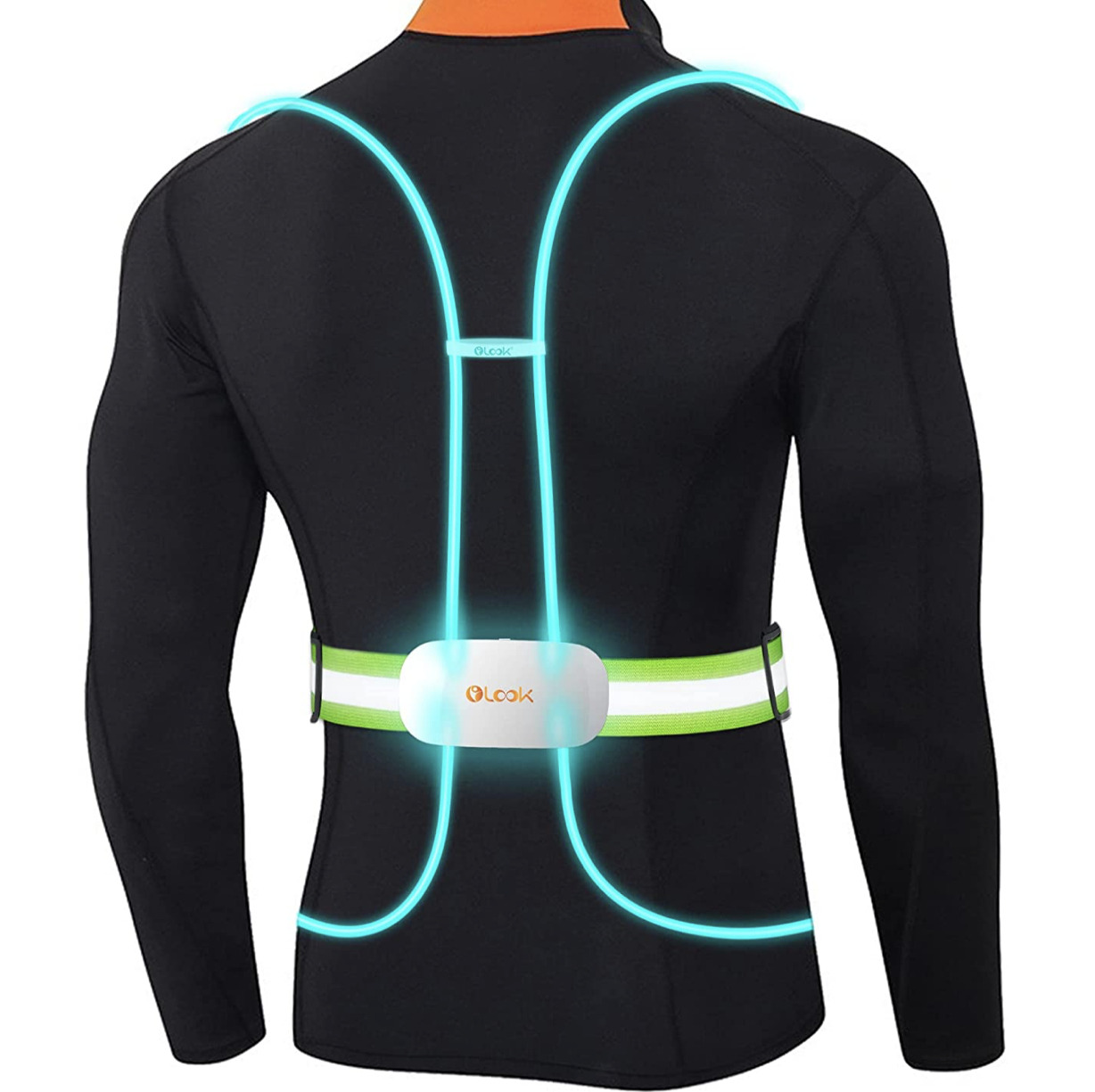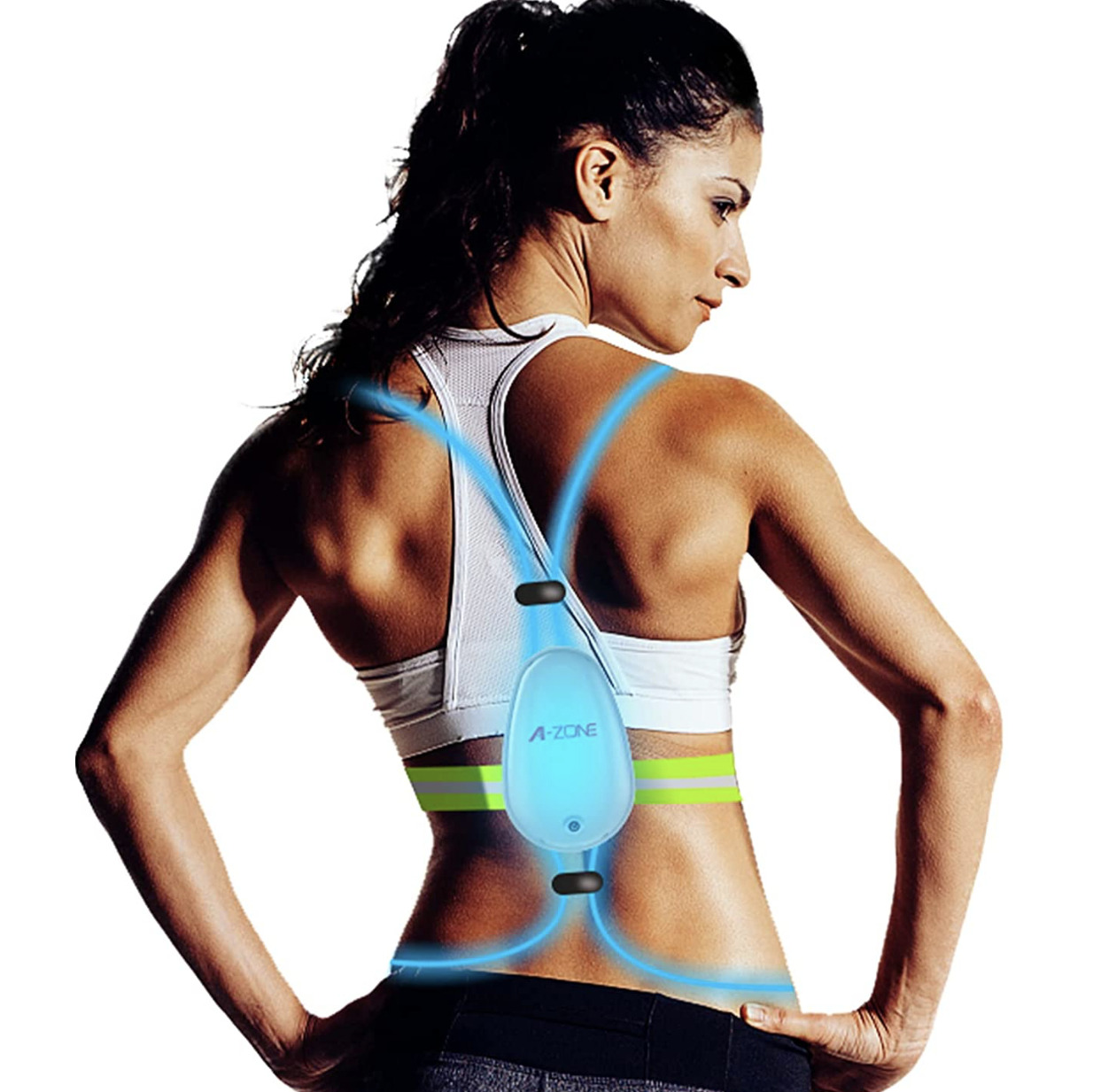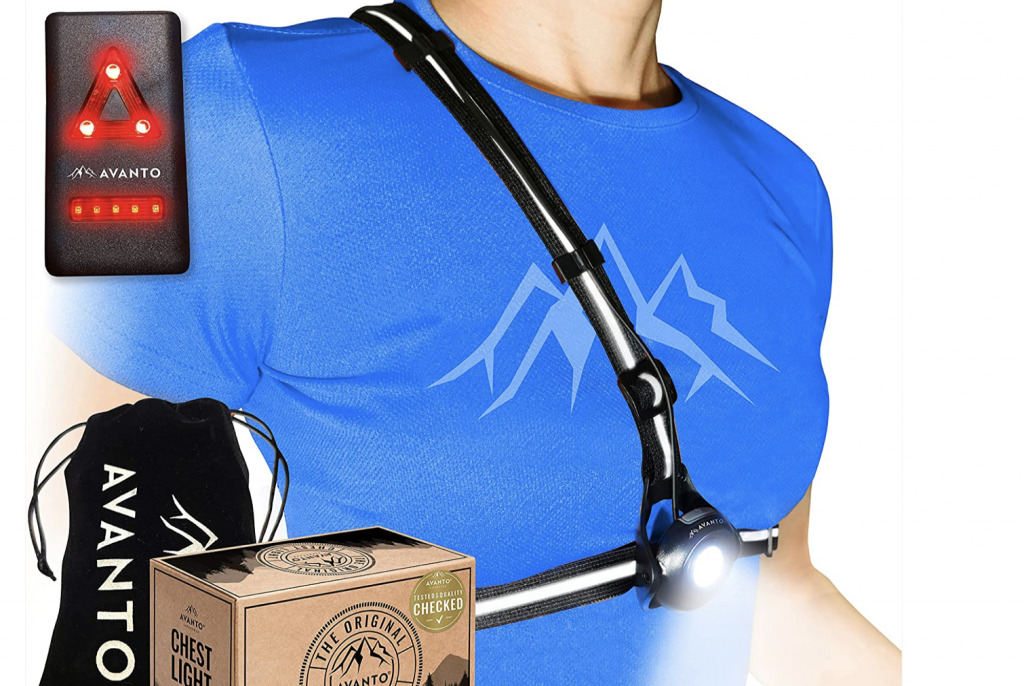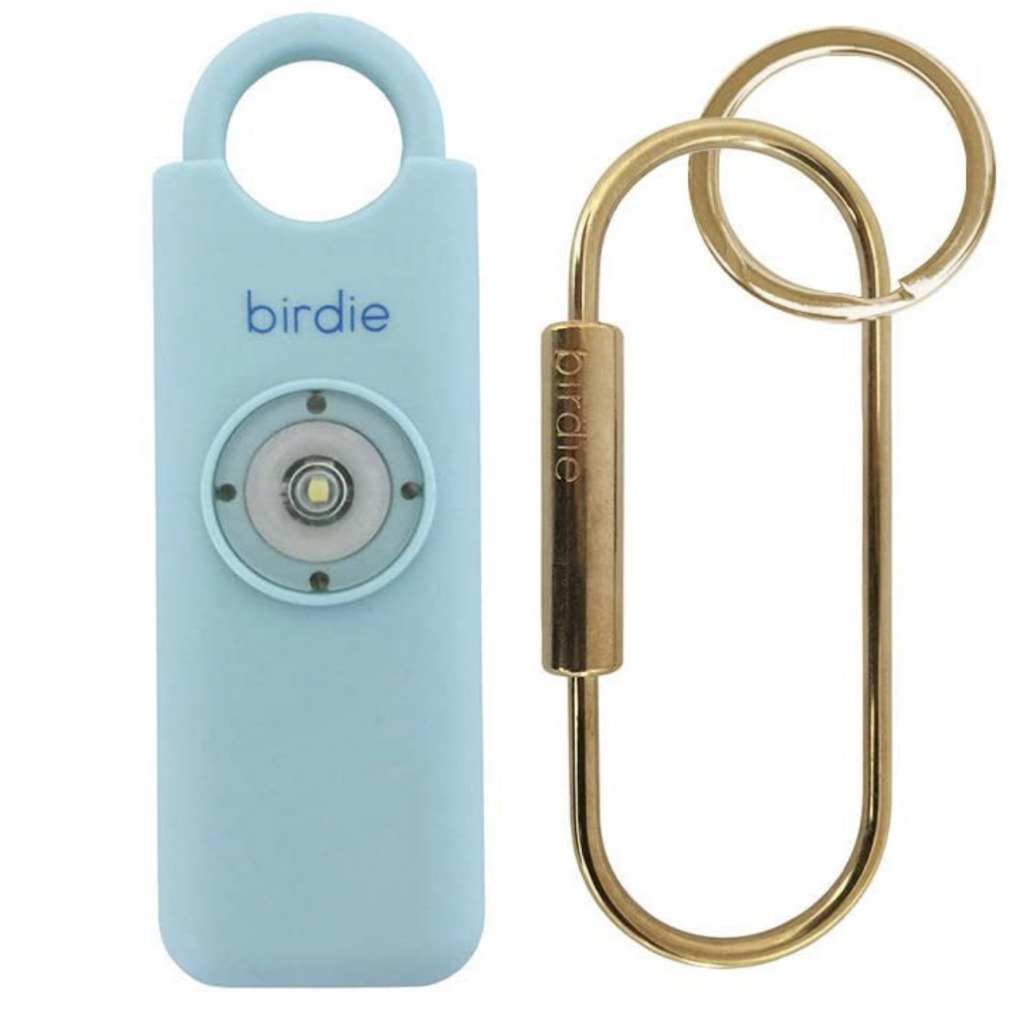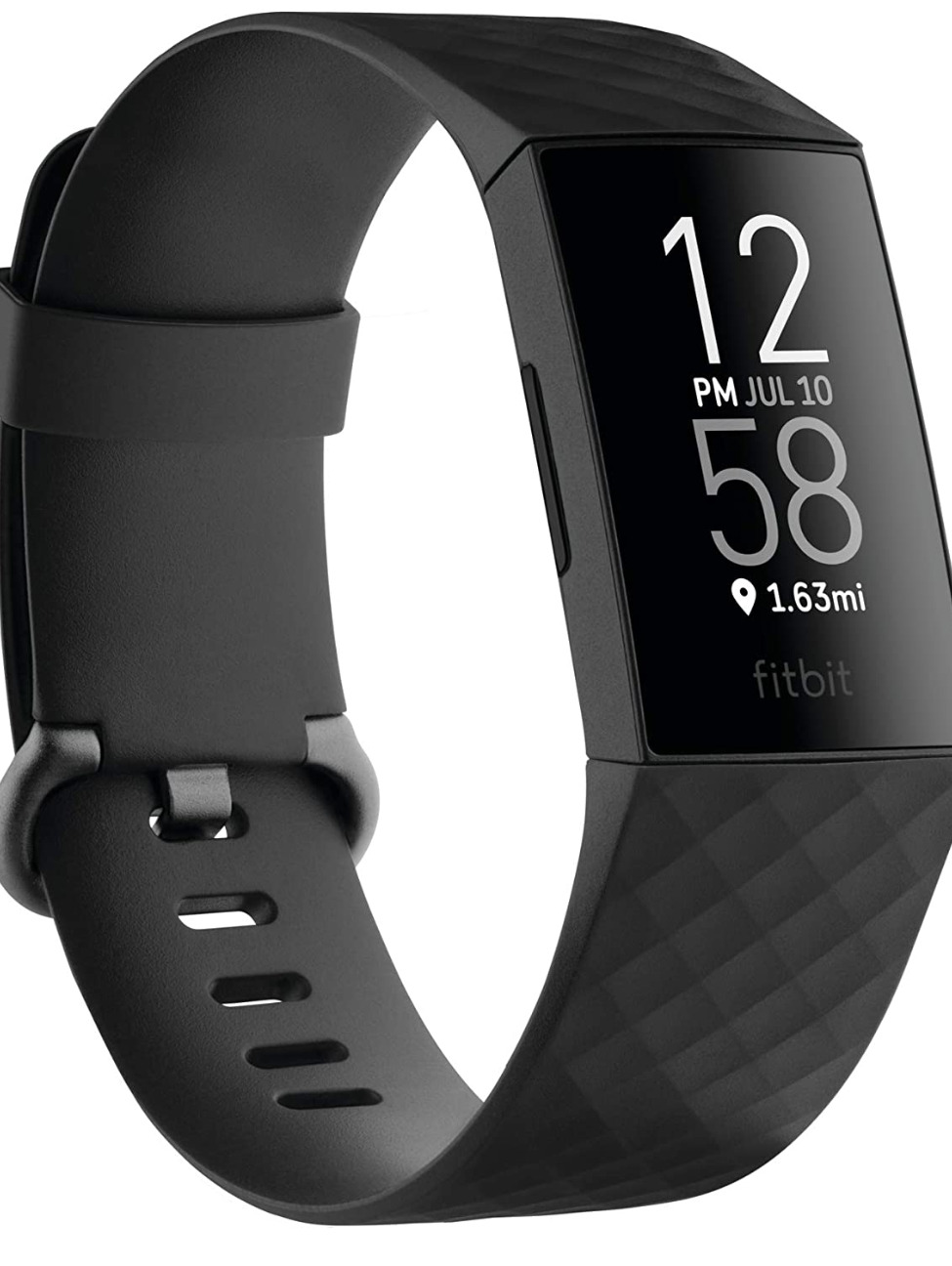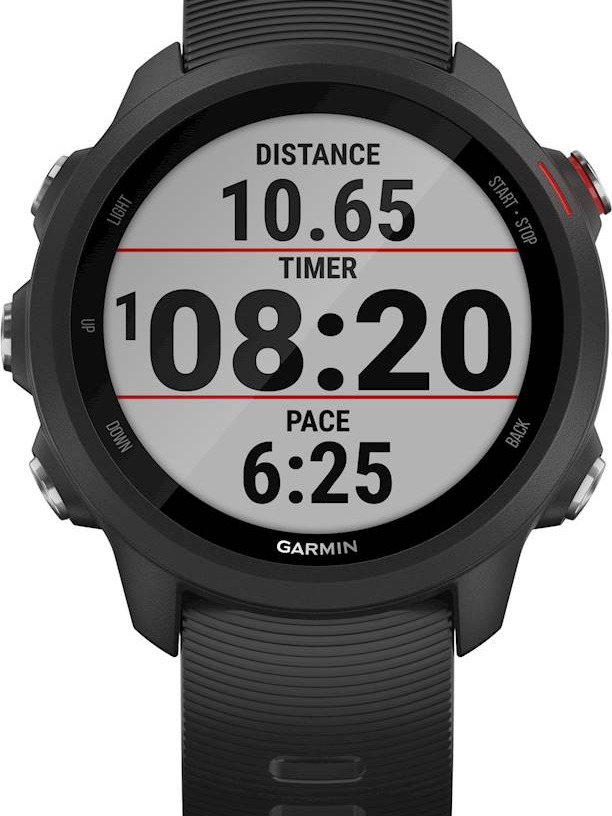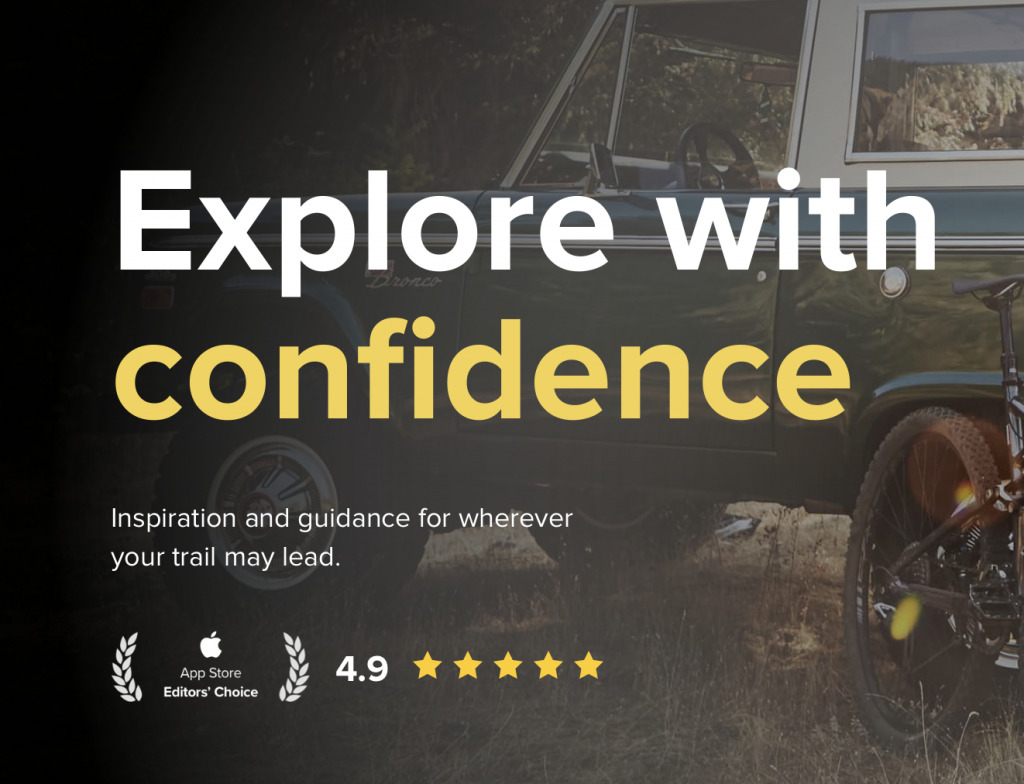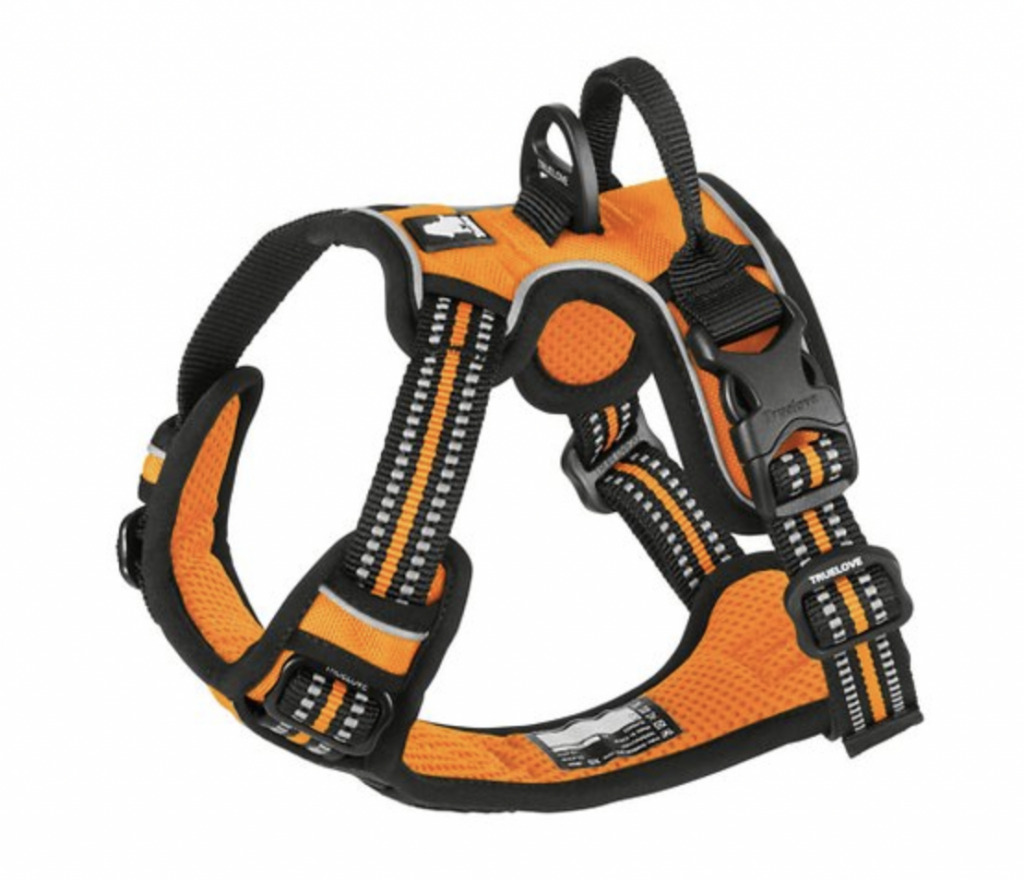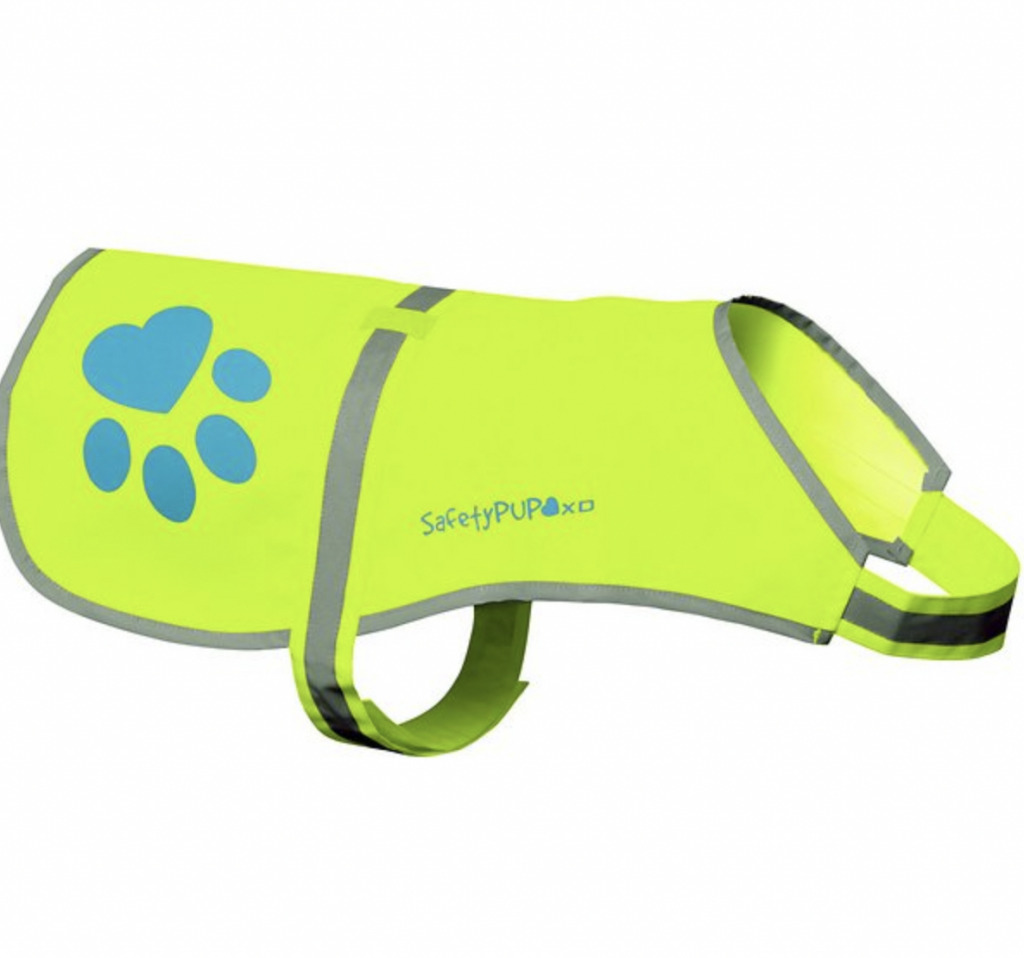If you’ve read enough of my articles, then you know how much I love running. I’ll admit, I’m a little obsessed. To me, there’s nothing more magical, more peaceful than that quiet flow state of letting your legs take you wherever they want, however long they fancy. Your body settles into its natural, rhythmic pace; you’re overcome with a warm and fuzzy euphoric feeling; and you somehow feel like you could run forever, with nothing in your way.
RUNNER’S HIGH does exist, maybe from endorphins spilling into the brain. Typically runners get a feel-good moment 30-40 minutes into a 1-hour run. You’re warmed up. Breathing easily. Heart rate stabilized. But you’re not yet fatigued. Enjoy the moment. #RunWithHal #RunnersHigh pic.twitter.com/c0FKlqbu2D
— Hal Higdon (@higdonmarathon) November 27, 2021
At least, that was the case a year ago, when we were at the peak of the pandemic and there were few cars on the road. For a time, the open pavement became a pedestrian’s paradise, free of the shrieking traffic and endless cloud of fumes. But now, the world is returning to the workplace, and our newfound playground is again a dangerous place. Where we used to let our mind wander to find our running zen, we must now stay alert as long as we’re out there, or risk a tragic accident.
Frenzied drivers aren’t the only obstacle we face when we brave the great outdoors. If you’re like me, you crave a connection to nature in a meditative way, so you cherish your time alone when you go for a walk or run. But for women, running (or walking) solo comes with its own set of safety concerns. According to a survey by Runner’s World, 43 percent of women have been harassed, 30 percent have been followed, and 18 percent have been propositioned while on a run.
SPECIAL REPORT: You may be shocked to learn how often women are #HarassedMidrun https://t.co/G1pyhbhcJw pic.twitter.com/OKyisO2zeL
— Runner’s World (@runnersworld) October 26, 2016
Here’s how these women said they reduced their running risks: 26 percent ran with a phone, 33 percent told someone where they were going and when they would be back, 14 percent limited their runs to daylight hours, and 31 percent changed their running routes. And for 15 percent of women, the safety risks were enough that they simply stopped going out alone.
Stepping into nature is supposed to be a sanctuary, not a stressful activity in which we fear for our safety. But the truth is, while we can fall into our zone and calm our thoughts, we also have to stay on our guard. Like dolphins in the ocean that sleep with one eye open, we must remain cognizant of danger, even as we’re finding our flow.
Such is life’s great paradox: the world can be both beautiful and scary. From avoiding traffic accidents to protecting yourself from predators, here’s how to stay safe and still enjoy your solo walk or run!
Wear Reflective Gear
Your neon vest may not feel the most fashionable, but it’s a must to be visible to oncoming traffic. For best results, wear reflective gear and lights on all sides of your body (360-degree coverage) so that drivers can see you from every direction. Since the human eye is drawn to motion, it’s especially important to light up your legs and ankles with reflective pieces. Stripes of colors that contrast with the background will increase your visibility, and so will wearing blinking lights.
Use A Headlamp
Just as you want to be visible to others, you want your surroundings to be visible to you. Even if you’re traversing well-lit areas, chances are you’ll come across dark patches that are more difficult to see. Don’t rely on your iPhone’s fleeting flashlight – invest in a quality headlamp (or chestlamp) with bright lumens and a long battery life.
Avoid Earbuds
Sure, music can enhance the experience of a relaxing run – but if your headphones cancel noise and cut you off from your environment, then you’re not fully aware of your surroundings. That doesn’t mean you have to ditch the headphones completely but, instead of using AirPods, opt for bone conduction headphones that still give you the ability to hear what’s going on around you.
Carry Safety Tools
While you shouldn’t constantly fear an attack on the run – whether from an animal or human predator — you should still be prepared to protect yourself from a dangerous situation. Depending on your route (for example, if in a more deserted area), you may want to bring safety items like pepper spray, safety whistles, alarms, or even tasers (where legal). Of course, make sure you fully understand how to use these products before you wield them during a threat.
Share Your Location
You don’t always want your partner to infringe on your precious “me” time, but at least tell a loved one where you’re going and for how long. Even better, wear a fitness watch and enable its safety and tracking features; that way, you can share your live location and send an alert to your emergency contacts if you’re in trouble.
Mind Your Route
If you can, study your route ahead of time to decrease your chances of getting lost. This becomes especially important if you’re venturing out on the trails, where your phone or tracker may have a weak GPS signal. On roads, make sure to avoid busy traffic areas and streets without a sidewalk or shoulder – and always run or walk facing traffic (so you can see oncoming cars). Finally, change up your route regularly so that it’s harder for strangers to follow you. You can download a variety of apps on your phone to help you with route mapping!
Bring Your Pup
You may not want to share your sacred hike with another human – but why not explore the trails with your husky? Bringing your dog can prevent potential predators from approaching you, and she can also help you sense your surroundings. Plus, it’s a time to bond with your fur-friend and find your zen together. There’s plenty of reflective gear for your golden, too!

What are your tips and tricks for running and hiking alone? Share in the comments below!
For More Health And Wellness, Check Out These Articles:


